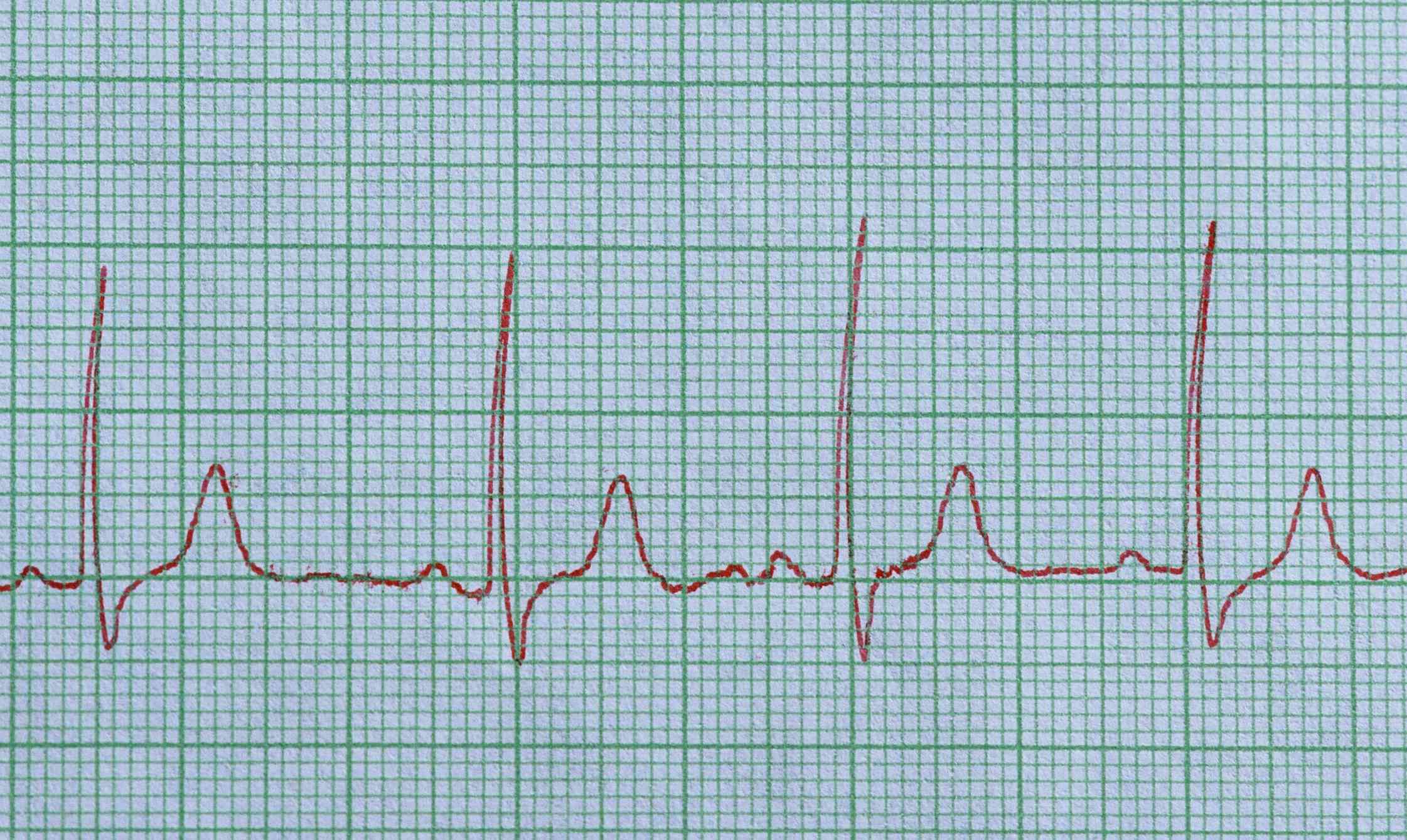Premature Junctional Contractions (PJCs) are extra heartbeats originating near the atrioventricular (AV) node, often described as a skipped beat or a flutter. While usually harmless, understanding PJCs and their implications is important for overall heart health awareness. This article will delve into the causes, symptoms, diagnosis, and management of PJCs, empowering you with the knowledge to understand your heart’s rhythm.
Decoding PJCs
Your heart’s rhythm relies on electrical signals. The sinoatrial (SA) node, your heart’s natural pacemaker, initiates these signals, creating a regular heartbeat known as sinus rhythm. Sometimes, the atrioventricular (AV) junction fires prematurely, leading to an extra beat—a PJC. “Sinus rhythm with PJCs” simply means your heart generally beats normally with occasional extra beats from the AV junction.
Experiencing PJCs
Many with PJCs are unaware of them. Some might perceive a fluttering, skipped beat, or a forceful thump. These sensations can be unsettling, but are usually benign.
Diagnosing PJCs
Electrocardiograms (ECGs) record your heart’s electrical activity. Doctors can identify PJCs on an ECG by looking for:
| Feature | Description |
|---|---|
| Narrow QRS Complex | The QRS complex, representing ventricular contraction, appears normal in width. |
| Inverted or Absent P Wave | The P wave, reflecting atrial contraction, may be upside down, missing, hidden within the QRS complex, or appear after the QRS (retrograde). |
| Short PR Interval | The time between the P wave and the QRS complex might be shorter than usual. |
| Compensatory Pause | A slightly longer pause may follow the PJC before the next normal heartbeat. This pause is less pronounced and less consistent than with PACs. |
Holter monitors, portable ECG devices worn for a day or two, provide a more comprehensive view of your heart’s rhythm over an extended period.
Causes of PJCs
Several factors may contribute to PJCs:
- Lifestyle: Stress, caffeine, nicotine, and alcohol can trigger PJCs.
- Medical Conditions: In some instances, underlying heart conditions, such as heart failure or valve problems, might be involved, though this is less likely.
- Medications: Certain medications may increase susceptibility to PJCs.
- Electrolyte Imbalances: These imbalances can disrupt normal heart rhythm.
Managing PJCs
Often, no treatment is necessary for occasional, asymptomatic PJCs. Lifestyle adjustments, like reducing stress and limiting caffeine, can help. Medications like beta-blockers are sometimes prescribed for frequent or symptomatic PJCs. In rare cases, a procedure called ablation, targeting the source of abnormal electrical activity, is considered. This involves threading a catheter through blood vessels to the heart where energy disrupts problematic electrical pathways.
PJCs vs. Other Extra Beats
PJCs differ from Premature Atrial Contractions (PACs) and Premature Ventricular Contractions (PVCs) by their origin:
- PACs: Originate in the atria. Learn more about sinus rhythm with premature atrial beats.
- PVCs: Originate in the ventricles. They have a wide QRS complex, unlike the narrow complex in PACs and PJCs.
- PJCs: Originate in the AV junction. How can you tell the difference between a PAC and a PJC?
Living with PJCs
Sinus rhythm with PJCs is commonly benign. However, consulting a doctor is essential to rule out underlying conditions. Ongoing research continues to explore PJCs’ long-term implications. If you experience palpitations or chest discomfort, seek medical advice. To prepare for Sunday service, get your free copy of the ten commandments printable here.
Key Points:
- Sinus rhythm with PJCs indicates a generally healthy heart rhythm with occasional extra beats from the AV junction.
- PJCs often go unnoticed, but some experience a fluttering, skipped beat, or thump.
- ECGs diagnose PJCs, showing a narrow QRS complex, an inverted or absent P wave, a potentially short PR interval, and a possible compensatory pause.
- Stress, caffeine, nicotine, alcohol, underlying heart conditions, medications, and electrolyte imbalances can trigger PJCs.
- Lifestyle changes frequently suffice to manage PJCs, but medications or ablation may be necessary in some cases.
- PJCs differ from PACs and PVCs by their point of origin within the heart’s electrical system.
- While usually harmless, medical evaluation is important to rule out other issues.
This information is for educational purposes and does not substitute professional medical advice. Consult with a healthcare professional for any health concerns.
- Unlock Water’s Symbolism: A Cross-Cultural Exploration - April 20, 2025
- Identify Black and White Snakes: Venomous or Harmless? - April 20, 2025
- Unlocking Potential: Origins High School’s NYC Story - April 20, 2025
















1 thought on “Understanding Sinus Rhythm with Premature Junctional Contractions (PJCs)”
Comments are closed.